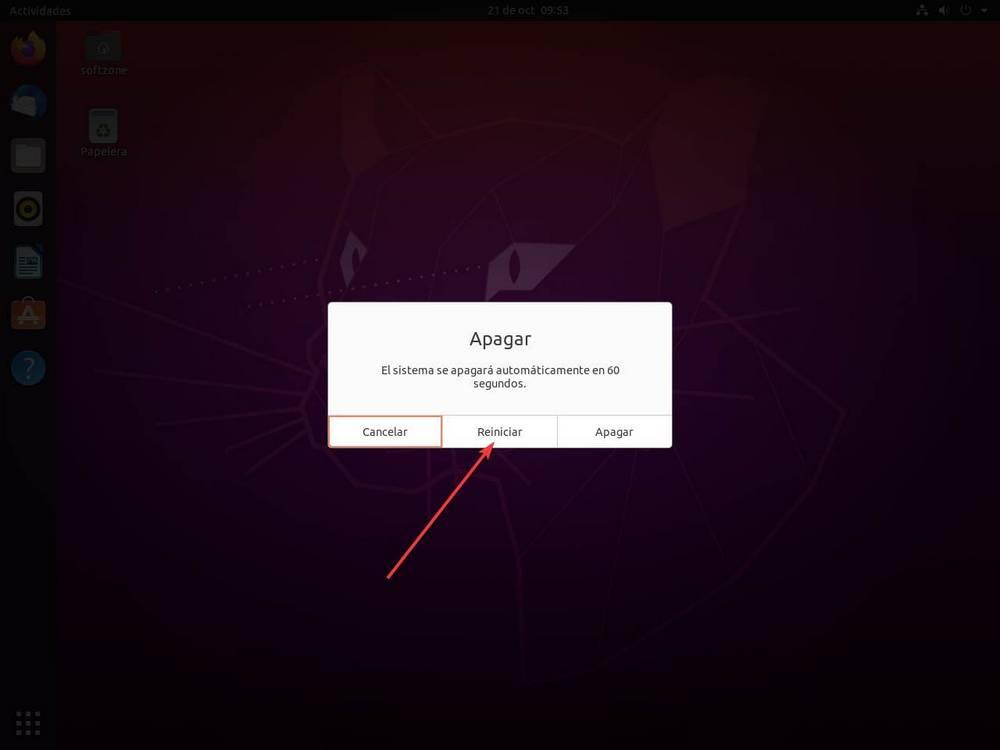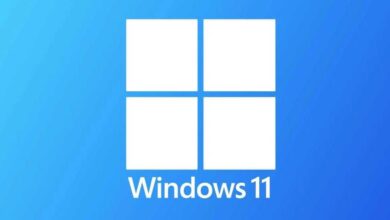
AMD has presented at the GDC its FidelityFX SDK, a development kit that integrates the technologies under the same name, which are a series of algorithms or “programs” that run on the GPU to make visual and performance improvements in games. . Its particularity? They work like generic Compute Shaders and don’t rely on any single piece of hardware like NVIDIA’s so-called Tensor Core, mostly due to the fact that the Radeon Technology Group hasn’t bet on such units. Something that although in video games it can be considered a success, in the world of AI it is not.
What is FidelityFX SDK?
While NVIDIA wastes time talking about technologies that are not intended for the average consumer, AMD has presented us with its FidelityFX SDK, and we have to say from here that it is one of the best news in a long time, mainly due to the fact that finally, a manufacturer has decided to solve a series of problems that we have had to put up with in PC games for a long time, in addition to giving us a preview of the FSR3 and its operation. Its philosophy remains the same as in previous versions, an open source solution that everyone can implement in DirectX games.
New to the SDK is an integrated shader precompiler, this means that developers, at least in the case of AMD cards, will include binaries compatible with different generations of RDNA cards, which will avoid having to compile during the execution of the game, avoiding the problems derived from it. This is one of the points that both developers and users have been asking for the longest time and that we hope NVIDIA will copy.
A sneak peek at FSR3
Like DLSS3, FSR3 is based on frame interpolation. Both are based on using the information of the movement vectors between two already existing frames to generate an intermediate one. The idea is very simple, since speed is the derivative of displacement with respect to time, if we know the position of an object or a pixel at its beginning and end, then we can know where that object is at a given moment. of time and this allows us to generate ghost frames.
The other point that AMD has added is latency reduction, which comes from its Anti-Lag technology, a response to NVIDIA Reflex, so in that respect the FSR3 is also similar to DLSS3, but the differences end there. NVIDIA’s solution gets the job done in less time due to the fact that each core contains a systolic array called Tensor Core, which speeds up the execution of certain parts of the algorithm.
60 FPS are required
There is one thing that AMD has done much better than NVIDIA with the FSR3 included in the FidelityFX SDK and it is nothing more than requiring that games run at a minimum of 60 FPS in order to be able to implement it. From the point where that’s the minimum refresh rate on monitors and the point where games get smooth these days, no game should ever run at less than that speed.
Unfortunately, many developers rub their hands, thinking that it will be the technology that will take the frames that are missing to reach the minimum required. FSR3 works from FSR2, so it is built on top of it. In that aspect it is not different from the step from DLSS 2 to DLSS 3. We do not have a requirement in terms of hardware, only that as a base and in terms of FSR3, the speed before frame interpolation is 60 frames per second. Which seems to us the most appropriate decision.






